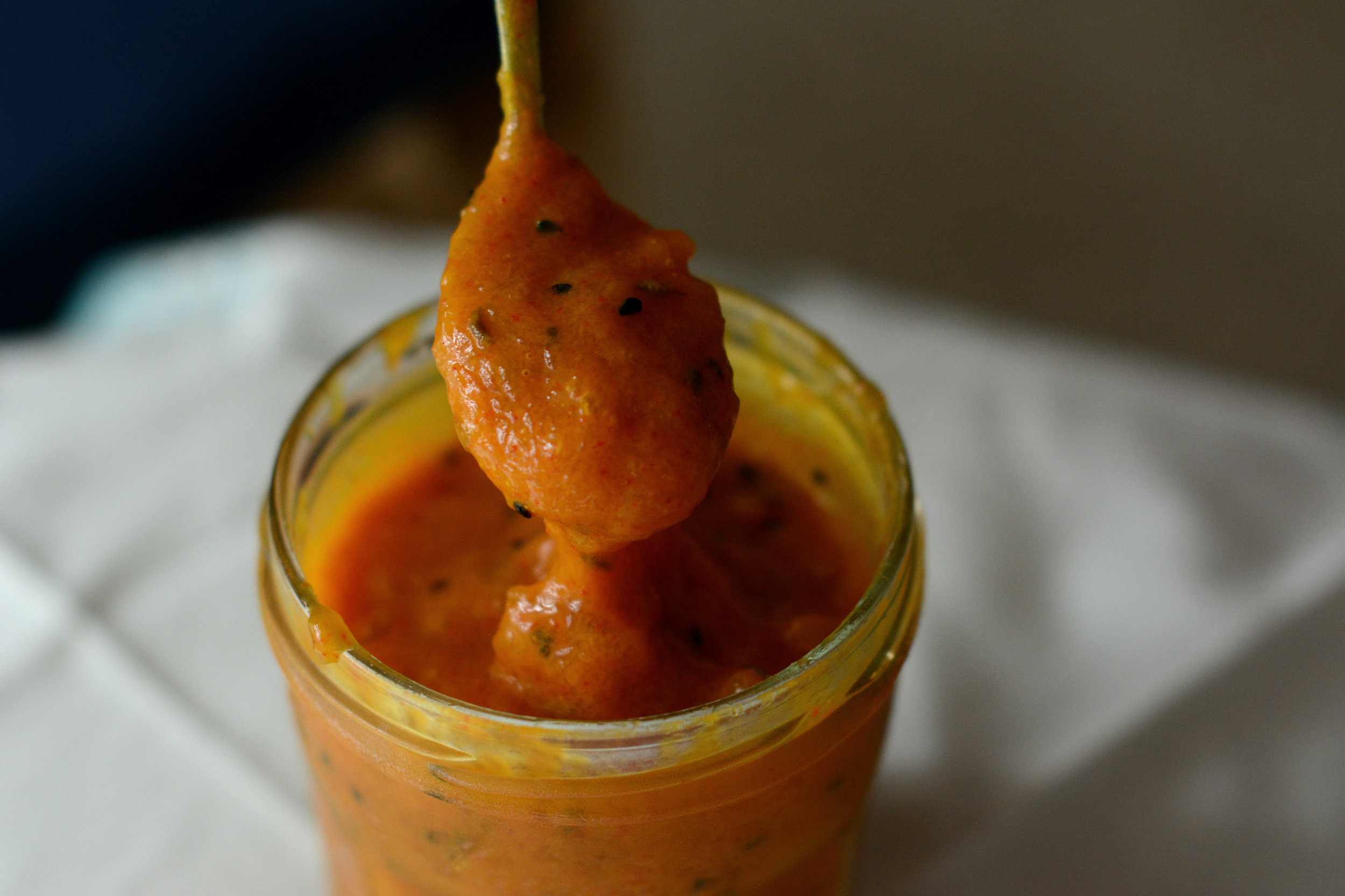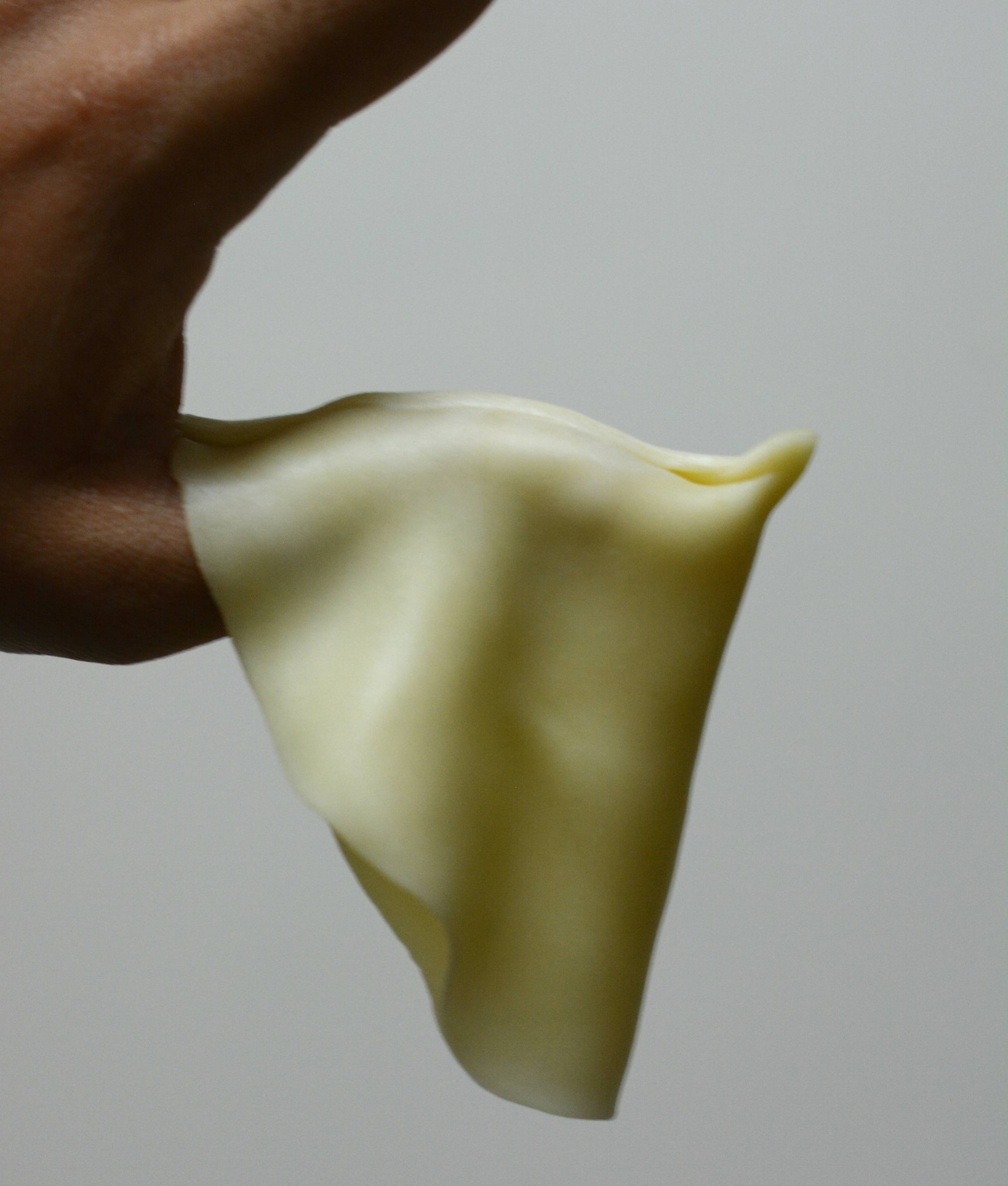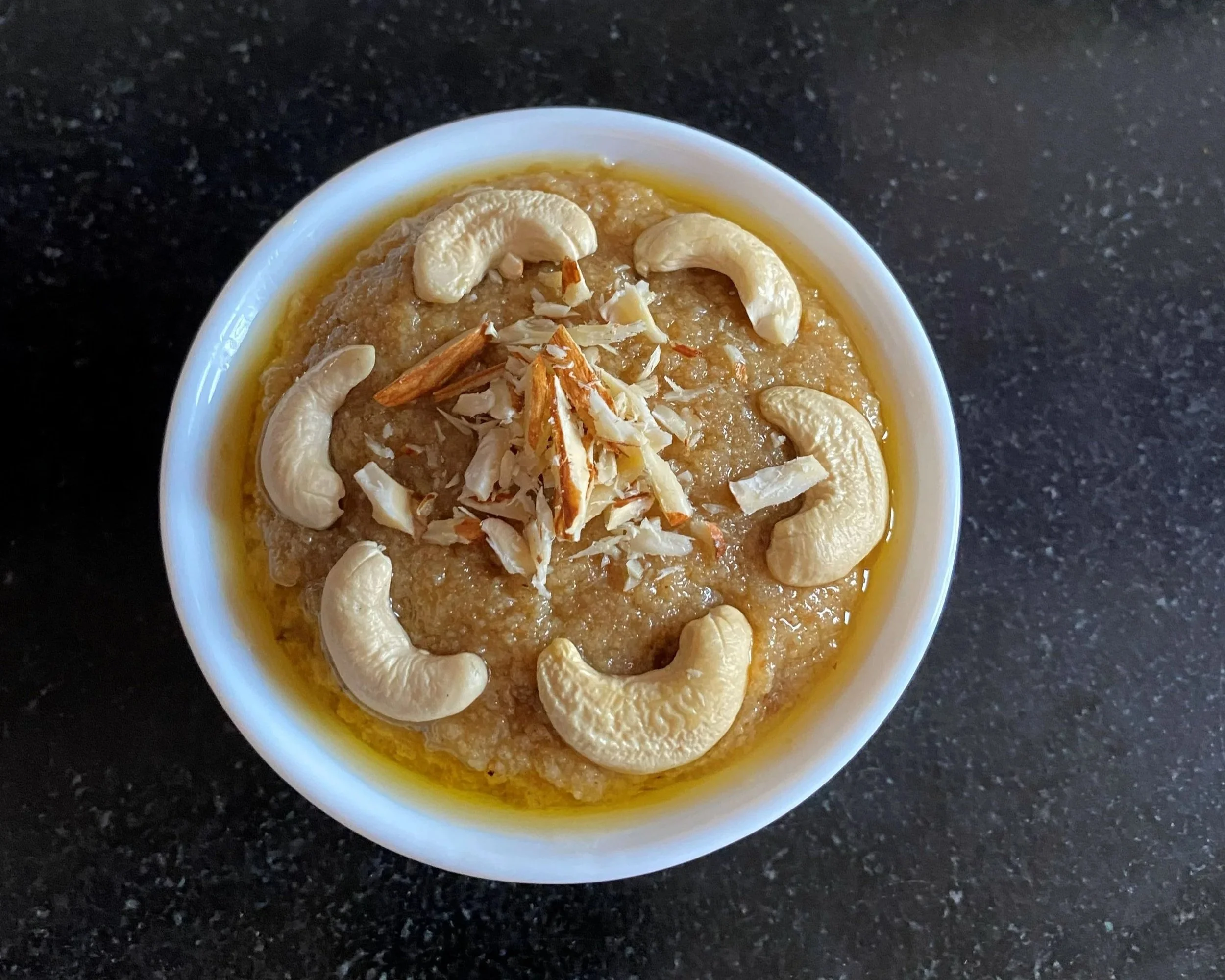Bringing Basic Back: Mastering the Fundamentals of Home-Cooking

Nikhita Venugopal embarks on a project to master a few basic dishes. How hard could they be, and will this teach her anything?
The second time I ever made yogurt, it was glorious. I was mesmerised: I gazed lovingly at its smooth, unblemished surface; I preened over its creamy consistency and slightly tangy flavour; I ate it with granola in the morning, and rice in the evening, each bite a vindication of my accomplishment.
We’ll talk about my first attempt in a minute.
The day that I found the milk boiling over into a white waterfall on my kitchen counter was about the same time that I learnt that basic didn’t necessarily mean easy. I began cooking a little more than six years ago when I moved away from India, and realised that homesickness could be briefly assuaged with home-cooked food. I made bright yellow dals and fiery prawn curries, but I never attempted the simple yogurt.
Now, I am back again in India with a husband and a cat, and in my kitchen there sits a blue ceramic pot that my mother has assigned as the the yogurt pot. In my parents’ home, there was always a yogurt pot. It would start on the kitchen counter, with warm milk and half a spoon of the previous day's yogurt. The next morning, it was moved to the fridge, and ready for the day’s lunch. Though there were various iterations of that pot through my childhood (breakages weren't uncommon), when it appeared on the table at mealtime, I always knew what was in it.
My little pot, however, had remained sadly unused at the back of my cupboard.
The fact remains that it is easier to buy a tub of yogurt from the local grocery store than to make it at home. And not just yogurt — from bottled pickles to frozen samosas, homemade basics have moved out of the kitchen and into supermarket aisles. And while I’m certainly not one to lament the decline of home cooking — a crucial reason for that decline is women, once confined to the kitchen, are finding their place in the workforce, and it’s a shift that generations of women have greatly benefited from — as someone who enjoys cooking, I felt the need to master some of the basics that were second-nature to so many Indian home cooks.
To this end, I picked three simple Indian dishes, easily available in most supermarkets, to try and make at home: yogurt, pickle and samosas. How hard would it be (considerably), would it teach me anything as a cook (definitely), and is it really worth the effort (read on).
YOGURT
Step one to making yogurt involves heating the milk to a lukewarm temperature — the pinky test is generally accepted as a good measure for this. Warm to the touch, but not uncomfortable for your little finger.
The starter culture is where things can get tricky. You need a small amount of yogurt to add to your milk before it can incubate. On my first attempt, I used store-bought yogurt culture and plopped three tablespoons into warm milk. After 12 hours on the kitchen counter and another five in the fridge, I opened the lid to find… milk. Except now, it had a yellowish film on top and a heap of starter yogurt settled at the bottom.
Most cookery websites claim that any yogurt can act as a starter culture, so I’m still not entirely sure where I went wrong. I decided to consult with my own experts — my mother, grandmother and Lakshmi, my parents’ longtime cook — who all agreed that store-bought yogurt wouldn’t work. My grandmother swore by yogurt from her Nandini milk booth, and gave me a packet to use.
It worked. I tried both full fat and skimmed milk (watching them much more closely on the stove this time) and ended up with two perfectly acceptable pots of yogurt. Although, I did prefer the yogurt made from full fat milk.
If you can get the starter culture from a parent or friend or neighbour, do that. You really only need about a tablespoon to spread along the inner sides of the bowl that comes in contact with the milk.
PICKLE
Truth be told, I don’t love pickle. Popular varieties of bottled pickles tend to include a high concentration of spice and oil, and growing up, this flavour was unappealing. But while recently researching a story on pickles in India, I began to appreciate the rich tradition of home-pickling.
There are thousands of different ways to pickle, and not all of them are steeped in chilli, salt or oil. Pickling is all about seasonality, so I took advantage of the abundance of mangoes available this year, and decided on a sweet and spicy mango pickle. I pored over recipes and even watched a home cook prepare it live. After a bit of frantic googling when faced with a dizzying variety of mango in the the grocery store, I picked up totapuri mangoes — raw but slightly yielding, because I wanted some ripeness for the sweet pickle.
I peeled and sliced, and steamed the two chopped mangoes into a runny pulp. Several recipes recommended gingelly oil, so I heated a couple of tablespoons in a pot and tossed in a teaspoon of fennel seeds and another of nigella seeds (or kalonji). After a bit of frying, the mango pulp went in, followed by chilli powder, turmeric and salt to taste. I also added a pinch of jaggery syrup for sweetness, and vinegar as preservative.
The result was a sweetly delicious mango jam with a kick of chilli right at the end. Maybe it wasn’t that I hated pickle. I just needed to approach it in a different way.
SAMOSAS
My husband had recently given me a copy of Madhur Jaffrey’s memoir, Climbing the Mango Trees, and as I flipped through her recipes, I spotted one for 24 medium-sized samosas.
It didn’t seem wise to mess with Ms. Jaffrey’s recipe, so I stuck to it word for word. It involved kneading flour and butter with a pinch of salt, into a nice firm dough, letting it rest, then rolling into 12 equal balls. I recommend keeping the dough covered while you’re working — they tend to dry out easily.
Each ball is then rolled out into an oval of about six inches at the longest section. It took several tries to get this right, but after the fourth attempt, it became apparent that the precise shape didn’t really matter.
Once rolled, the oval is sliced lengthwise down the middle. Then you join one half to the other, to form a neat cone. Keep a bowl of water handy and moisten your fingers before pressing the dough to make it stick. Fill the cone (I used some mutton keema, leftover from dinner) and seal it to create a samosa. Ms. Jaffrey suggests using a fork to crimp the edges, like a pie, but my dough seemed a bit too thin for that.
I’m not going to lie: By the eighth of 24 samosas, I began to seriously question whether this was worth the time and energy. Most bakeries would have a spread of considerably nicer-looking samosas for the taking. I thought back to the cook from my childhood home, making the most delectable mini samosas, the crisp sharpness of each edge; and finally realised the effort that had gone into making those delicious after-school snacks.
When it was finally time to fry them up, the dough bubbled a golden brown, and it was equal parts crispy and flaky. The filling stayed moist and didn’t spill out at the first bite, like store-bought samosas tend to. By my third helping, homemade samosas started to make a lot of sense.
It’s quite likely that I will soon forget to buy milk on time, and that I will run to the store to buy a tub of yogurt to go with dinner. But I do still hope that soon, it will be second-nature to me as it is to so many home cooks around India, and that my blue pot won’t have to wait too long to be used again.
Nikhita Venugopal is a freelance food writer based in Bengaluru. She has written for Bon Appétit, Taste, Vice Munchies and Roads & Kingdoms.
All photographs by Nikhita Venugopal.
ALSO ON THE GOYA JOURNAL










